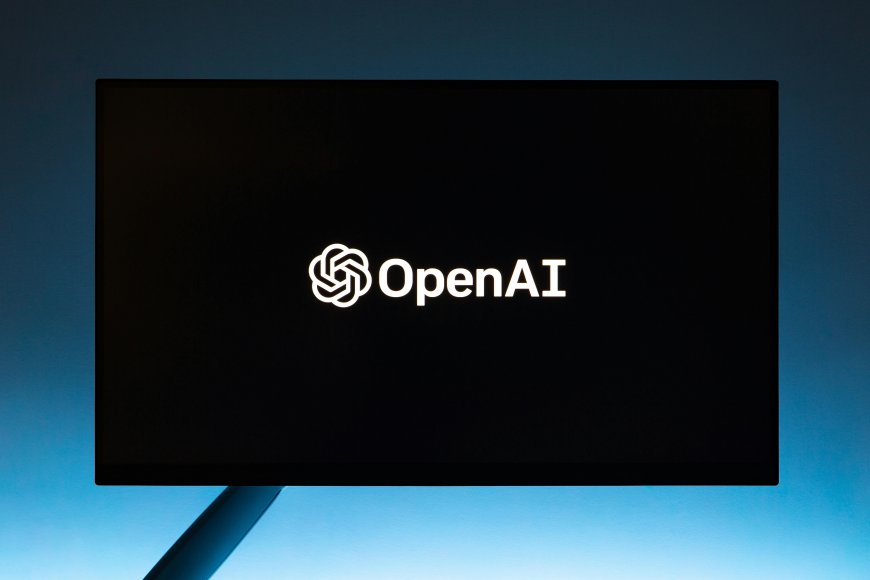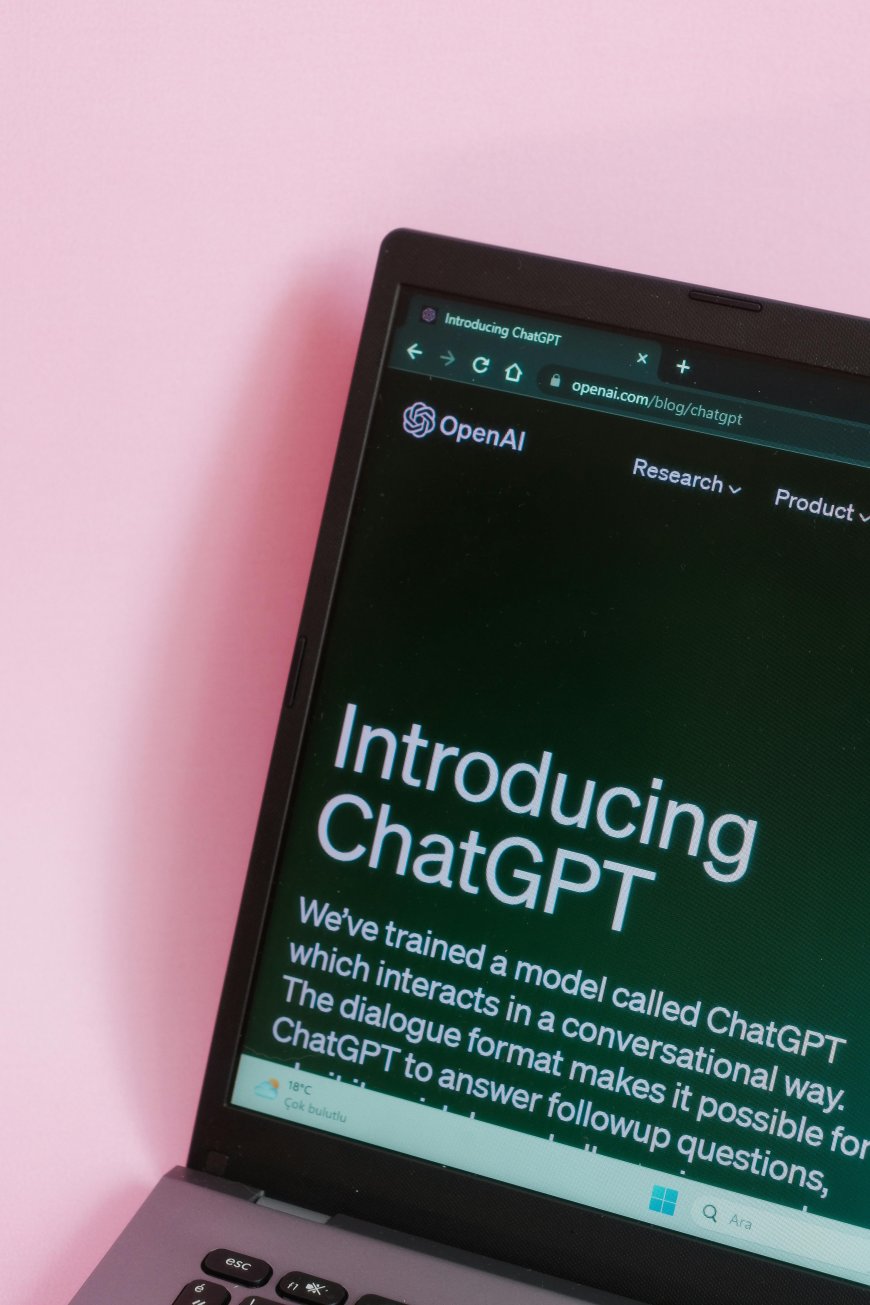OpenAI CEO Warns of Growing AI Bubble
OpenAI CEO, pioneer of the AI boom, voices concerns over a potential AI bubble amid soaring hype and investment.

The man who helped ignite a global AI revolution is now issuing a cautionary note. OpenAI CEO, whose company popularized artificial intelligence with transformative tools and products, has voiced growing concern over a potential AI bubble. Investors, tech enthusiasts, and policymakers are taking note, as the very engine that fueled an AI frenzy now signals caution.
The AI boom has captivated imaginations, corporate boardrooms, and venture capital firms alike. Yet, as hype outpaces reality, even the industry’s most influential figures warn that the excitement could be overshooting sustainable growth.
A Pioneer’s Perspective: From Hype to Warning
Few have influenced AI adoption as profoundly as the CEO of OpenAI. Under his leadership, AI tools that once seemed futuristic became accessible to millions worldwide. Chatbots, image generators, and coding assistants transformed industries, from finance to healthcare.
Yet, the CEO now emphasizes that rapid adoption carries risks. He warns that investors and the public may be confusing the promise of AI with immediate returns, a misalignment that could resemble past technology bubbles.

The Rise of the AI Frenzy
The AI boom has been marked by extraordinary growth:
- Skyrocketing investments: Billions poured into AI startups within months.
- Corporate adoption: Major companies rushed to integrate AI solutions across operations.
- Public fascination: Consumers eagerly embraced AI tools for everyday tasks.
This enthusiasm has propelled valuations skyward, creating an environment ripe for speculation. While innovation continues, the pace has raised concerns about sustainability.
Understanding the AI Bubble Risk
An AI bubble, according to the CEO, is not about the technology itself but the market expectations surrounding it.
Key points to consider:
- Many startups are valued based on potential, not proven profits.
- Hype can outstrip actual technological capabilities.
- Rapid scaling without clear revenue models may result in volatile valuations.
This mirrors historical technology bubbles, where groundbreaking inventions initially fueled exuberance, only for markets to recalibrate reality against expectations.
Balancing Innovation with Prudence
Despite the warnings, the CEO remains optimistic about AI’s long-term potential. The message is clear: innovation should continue, but with measured growth and realistic expectations.
Industry observers highlight strategies for navigating this delicate balance:
- Focus on viable business models: Companies must translate AI into sustainable services or products.
- Regulatory foresight: Policymakers should monitor ethical and economic implications.
- Consumer education: Users need a clear understanding of AI’s capabilities and limits.
By addressing these factors, the industry can avoid the pitfalls of short-term speculation while continuing meaningful technological progress.
Emotional Angle: The Human Side of AI Hype
The AI boom is not just about charts and valuations—it affects real people. Consider Sarah, a freelance graphic designer, who integrated AI tools to expand her business. Initially, AI promised limitless efficiency and creativity. Yet, as markets hype up AI as a panacea, professionals like Sarah face pressure to adopt technologies that may not yet deliver on lofty expectations.
Her story highlights a critical tension: the excitement around AI fuels opportunity but also sets expectations that reality may struggle to meet. For entrepreneurs, workers, and consumers, the human impact of an AI bubble could be profound, shaping careers, investments, and livelihoods.
Global Implications of an AI Bubble
The CEO’s warning resonates beyond the U.S., influencing tech hubs worldwide:
- Investor caution: Venture capitalists may temper funding or demand clearer paths to profitability.
- Policy implications: Governments could implement guidelines to prevent excessive speculative investments.
- Public perception: Awareness of risks may shape adoption patterns and societal integration.
An AI bubble, if unchecked, could stall innovation or create economic disruptions. By addressing it proactively, stakeholders can protect both markets and technological advancement.
Lessons from Past Technology Booms
The cautionary tone mirrors lessons from prior technology cycles:
- Dot-com era: Exuberant investments in unproven internet startups led to dramatic market corrections.
- Renewable energy spikes: Short-term hype inflated valuations before fundamentals caught up.
- Biotech surges: Early promise often outpaced commercial viability, causing investor losses.
The OpenAI CEO’s warnings signal a chance to learn from history—maintaining enthusiasm for AI while grounding expectations in measurable outcomes.
Looking Ahead: Sustainable AI Growth
The path forward involves balancing excitement with realism. Experts suggest several strategies:
- Measured scaling: Avoid expanding AI offerings faster than infrastructure and support can handle.
- Ethical oversight: Ensure AI development respects privacy, fairness, and societal impact.
- Transparent communication: Avoid marketing that oversells capabilities or misleads stakeholders.
- Investor education: Encourage understanding of long-term value versus short-term hype.
By embedding these principles, the AI industry can continue transforming lives without succumbing to volatility or public backlash.
Conclusion: A Call for Caution and Vision
The OpenAI CEO’s warning about an AI bubble is both a caution and a call to action. While AI holds transformative potential, unchecked hype risks distorting markets, creating unrealistic expectations, and leaving investors and users vulnerable.
Innovation thrives when ambition is tempered by prudence. By navigating the fine line between excitement and caution, the AI sector can continue to shape the future responsibly—ensuring that today’s enthusiasm translates into sustainable, long-term impact.
FAQs
1. Why is the OpenAI CEO worried about an AI bubble?
He believes market hype is outpacing technological and financial reality, creating unsustainable expectations.
2. Does the warning mean AI is failing?
Not at all. AI’s potential remains vast, but short-term speculation could create volatility and misaligned expectations.
3. How can investors protect themselves?
Focus on startups with clear revenue models, sustainable growth strategies, and realistic technological capabilities.
4. What impact could an AI bubble have on consumers?
Overhyped AI may pressure professionals and users to adopt tools that do not yet meet expectations, affecting productivity and trust.
5. What steps can the industry take to avoid a bubble?
Adopt measured scaling, ethical guidelines, transparent communication, and investor education to balance innovation with caution.
What's Your Reaction?
 Like
2
Like
2
 Dislike
0
Dislike
0
 Love
0
Love
0
 Funny
0
Funny
0
 Angry
0
Angry
0
 Sad
0
Sad
0
 Wow
0
Wow
0



































































